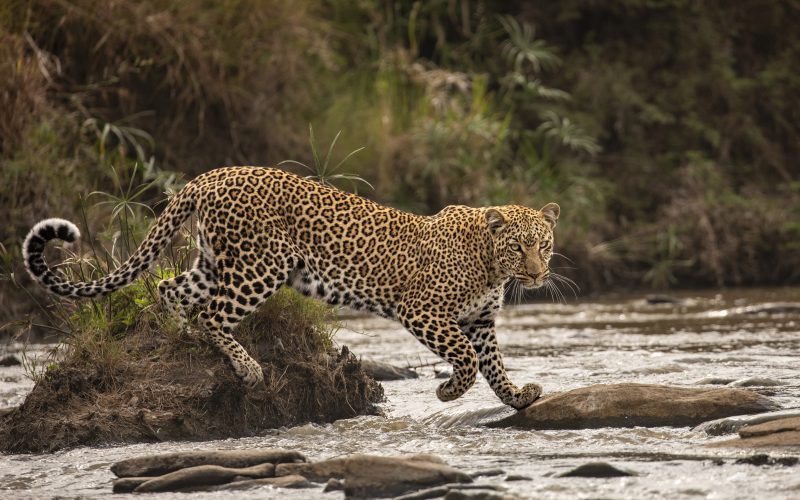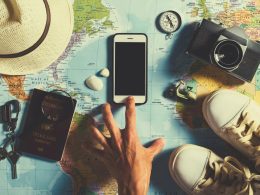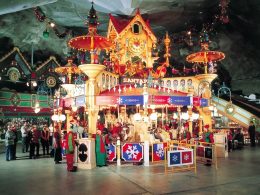Introduction
Australia is home to some of the world’s most amazing animals. From hopping kangaroos in open grasslands to curious koalas in eucalyptus trees, you can discover wildlife at its best. Whether you love birds, marine creatures, or marsupials, there’s a spot in Australia calling your name. In this guide, we’ll explore the top wildlife spots Australia offers, explain why each place is special, and give you tips on when and how to visit. Get ready for an adventure you’ll never forget!
Kakadu National Park, Northern Territory
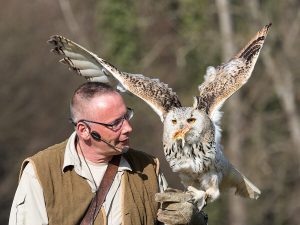
Kakadu National Park is one of Australia’s greatest natural treasures. This UNESCO World Heritage site covers nearly 20,000 square kilometers of wetlands, woodlands, and sandstone escarpments. Here, you can see:
- Saltwater crocodiles sunning along riverbanks
- Magpie geese gathering in large flocks
- Wallabies grazing at dawn and dusk
The best time to visit is during the dry season (May to October). Roads stay open, and wildlife gathers around shrinking waterholes. Join a guided boat cruise on Yellow Water Billabong for close-up views and local stories about the park’s rich Aboriginal heritage.
Kangaroo Island, South Australia
Just off the coast of South Australia, Kangaroo Island is a haven for native animals. The island’s lack of foxes and rabbits means wildlife thrives here. You can spot:
- Kangaroos and wallabies hopping freely
- Koalas dozing in treetops
- Australian sea lions basking on sandy beaches
Seal Bay Conservation Park offers guided walks among sea lions in their natural habitat. In the island’s dense bushland, Flinders Chase National Park protects ancient rocks and home to the rare glossy black cockatoo. Plan to stay at least two nights to explore both coasts and the island’s central wilderness.
Daintree Rainforest, Queensland
The Daintree Rainforest is the oldest tropical rainforest in the world. It spans about 1,200 square kilometers north of Cairns, where rain falls nearly every day. This lush jungle is a hotspot for:
- Cassowaries, a rare and colorful bird
- Tree kangaroos high in the canopy
- Boyd’s forest dragons blending into mossy logs
Take a guided night walk to see nocturnal creatures like possums and gliders. A river cruise on the Daintree River often reveals saltwater crocodiles and ibis wading at the water’s edge. Combine your trip with a visit to the nearby Great Barrier Reef for a full jungle-to-reef experience.
Great Barrier Reef, Queensland
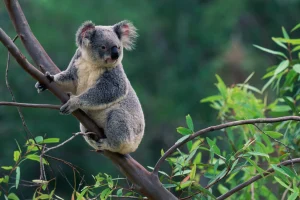
No list of wildlife spots is complete without the Great Barrier Reef. This world’s largest coral reef stretches over 2,300 kilometers along Australia’s northeast coast. It’s home to:
- Green sea turtles nesting on sandy cays
- Clownfish darting among sea anemones
- Manta rays gliding through clear waters
Snorkeling and diving here are unbeatable. Join an eco-certified tour to swim responsibly and learn about reef conservation. For a unique view, take a scenic flight over Heart Reef or the Ribbon Reefs. Visit during the dry season (June to November) when water visibility is highest.
Phillip Island, Victoria
Phillip Island lies just 90 minutes from Melbourne and is famous for its nightly Penguin Parade. At sunset, hundreds of little penguins march from the sea to their burrows on Summerland Beach. You can also see:
- Australian fur seals at Seal Rocks
- Koalas in the Koala Conservation Centre
- Cormorants and pelicans around the harbour
Book your Penguin Parade tickets in advance, as this show fills up fast. Dawn and dusk are best for seal and penguin sightings. Combine your wildlife tour with a drive along the island’s rugged coastline and watch driftwood collect in rock pools.
Tasmanian Wilderness, Tasmania
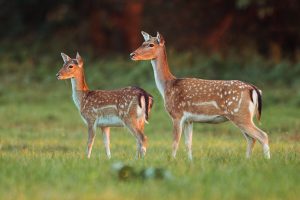
Tasmania’s cool climate and wild forests shelter species found nowhere else on Earth. In the Tasmanian Wilderness World Heritage Area, look for:
- Tasmanian devils in forest clearings at night
- Pademelons, small wallabies hiding in undergrowth
- Eagles soaring above ancient river valleys
Join a dusk tour to see devils feeding at special wildlife parks. Along the Franklin-Gordon Wild Rivers National Park, guided hikes offer chances to spot platypuses in quiet streams. Plan your trip in summer (December to February) when days are long and roads clear of snow.
Tips for Wildlife Watching Australia
- Go early or late. Most animals are active at dawn and dusk.
- Stay quiet and still. Sudden noise can scare wildlife away.
- Use binoculars. You’ll see more without getting too close.
- Respect habitats. Keep a safe distance and follow park rules.
- Book guided tours. Local guides know the best spots and times.
Even simple trips around national parks or coastal reserves can lead to unforgettable encounters.
Conclusion
Australia’s diverse landscapes offer endless chances to meet remarkable animals. From the wetlands of Kakadu to the reefs offshore, you can find kangaroos, koalas, penguins, and even the elusive Tasmanian devil. Each wildlife spot has its own magic, whether it’s the ancient rainforests of the Daintree or the sandy shores of Kangaroo Island. Plan your visit around the best seasons, respect nature, and bring a spirit of adventure. Australia’s wild heart awaits you—get ready for an experience you’ll treasure forever.






